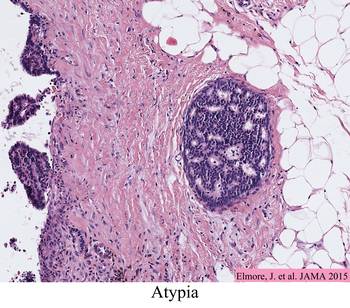Author Interviews, Biomarkers, Columbia, JAMA, Lung Cancer / 08.04.2016
Carefully Chosen Liquid Biopsy Can Detect and Monitor Lung Cancer Mutations
MedicalResearch.com Interview with:
Adrian G. Sacher, M.D.
Assistant Professor of Medicine
Thoracic Oncology & Phase I Drug Development
Columbia University/New York-Presbyterian Hospital
MedicalResearch.com: What is the background for this study?
Dr. Sacher: The aim of this prospective study was to determine the accuracy, turnaround time and robustness of ddPCR-based liquid biopsy for the detection of EGFR and KRAS mutations in patients with advanced non-small cell lung cancer (NSCLC). The detection of these mutations is key to selecting optimal therapy for patients with this disease. Currently, the standard of care is to perform tissue biopsies on patients in order to obtain material to detect these mutations and make decisions about treatment. Frequently, patients undergo multiple tissue biopsies during the course of their treatment. We sought to determine if liquid biopsy could quickly and accurately detect these mutations with the ultimate goal of understanding how to use these tests to select treatment for patients.
(more…)


